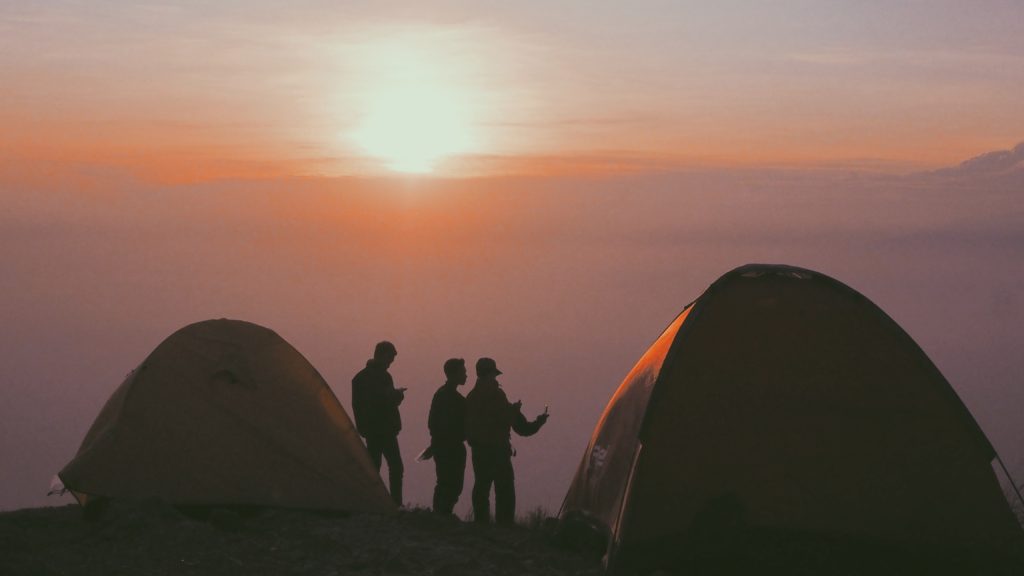1. From Savudrija, in the north of Croatia, to Privlaka in the south, there are 526 camps, of which 161 camps have the capacity of over 1,000 places and 365 smaller camps (up to 30 pitches), with the total capacity of 179,574 pitches.
2. Most of the camps are 3 or 4-star objects, and their quality corresponds to European camping classifications.
3. Croatia is the cradle of naturist camps in Europe. There are 12 such camps, 7 of which are in Istra, 3 in Kvarner, and 2 in Dalmatia. There are also 17 naturist beaches that are part of camps or hotel beaches.
4. In general, along the Croatian littoral, there are several sandy beaches recommended to young families with children. Most of the beaches are pebbly beaches, with clear sea, attractive for swimming. Sunbathing areas are mostly paved or built of stone.
5. In most of the camps, environment protection measures are in force.
6. Most of the camps open at Easter, which is a different date each year. However, camps open at the beginning of April and close in mid-October. Others, that open at an earlier date, have in 5% of the cases, toilet facilities, and community areas heated and other services necessary for proper operations of camps.
7. Few camps are open throughout the year. Information about opening dates can be found at the Croatian Tourist Board website (www.htz.hr), or, for top camps at (www.topcamping.hr).
8. Most of the camps have their own accommodation units, for instance, bungalows, apartments, studios, chalets, or mobile homes. Booking is done via email to a particular camp.
9. 20% of camps are members of the association of top quality camps UTKK, where visitors can send inquiries, claims, or additional explanations. Members of the TOP Association are labeled and controlled.

10. It is illegal and subject to a penalty to camp in areas out of registered camps or parking places for caravans and campers.
Author: www.topcamping.hr
Photography: Luka Tambača





